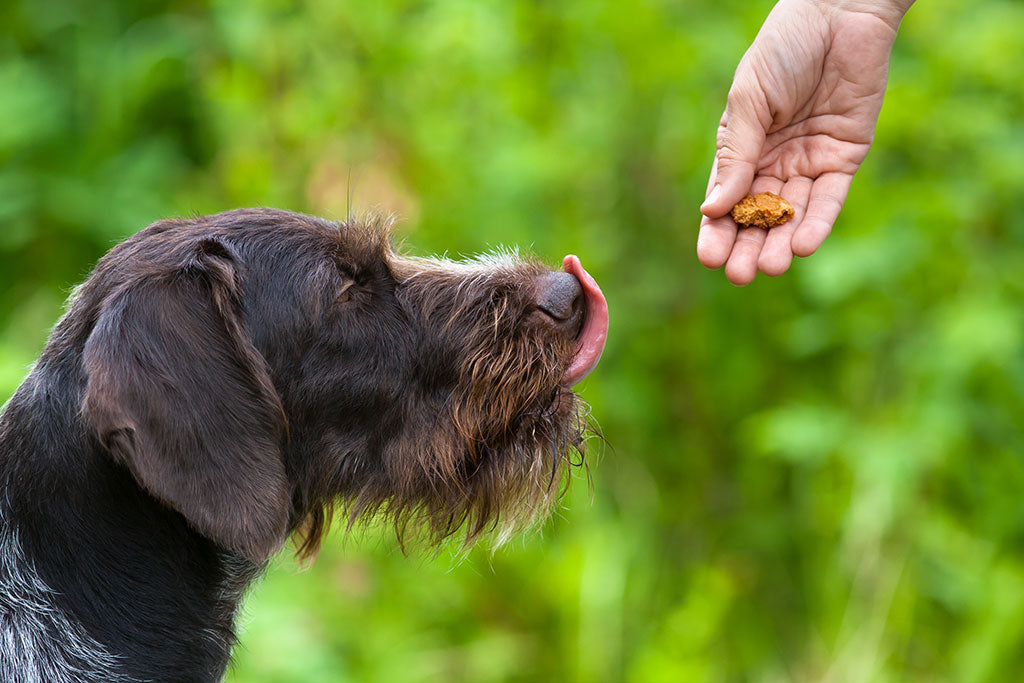
A Guide To Using Treats In Your Dog Training
Food is a strong motivation for dogs, which is why it is frequently used in obedience training. The use of dog treats during training sessions serves as a powerful tool as it motivates and boosts the confidence of your dog. However, there is a risk that this may result in bribery, whereby your dog only complies with your commands if they know that treats are involved. This must be prevented. Keep reading if you’d like to know how you can prevent this from occurring and other tips when using treats in dog training!
Lure and Reward
The most effective way of using treats during training sessions is by way of “lure and reward”. For instance, you may place a treat below your dog’s nose to lure your dog who is in a sitting position into a down position using the command “down”. Once your dog follows the treat and is successfully in a down position, you can give him the treat as his reward. In doing this, you would’ve lured your dog into position by having them follow the treat and rewarded them with the treat once they got into the correct position.
Be Careful About Over-rewarding & Adjusting Meal Portions Accordingly
When training your dog to comply with your commands, it is important not to over-reward your dog as this may not only result in your dog growing overly dependent on treats but may decrease the value of treats if your dog can get them every time they comply with your commands.
As such, you should be mindful of the number of treats given and reduce the meal portions accordingly to take into account the treats that they have eaten during training sessions, otherwise, your dog will be at risk of gaining weight which is detrimental to its health in the long run.
Phasing Out Food Rewards & Introducing “Life Rewards” Into Training
In order to avoid bribing your dog with snacks to follow your commands, it is imperative to phase out treat rewards once your dog shows they’ve understood a command. Only use treats occasionally, by reducing both the regularity and value of treats. Additionally, it is essential to give treats randomly so that your dog is unable to predict when they will be given treats.
Life rewards are a great substitute and include activities that your dog enjoys such as snuggling, walks, toys, petting, and attention. For example, before playing with or taking your dog out for a walk, you could ask them to sit or do a trick. Life rewards give your dog something to look forward to other than just treats and at the same time strengthen your bond.
Maintenance Training
There’s a misconception that your dog will be able to maintain the skill or trick learned for life, but this is usually not the case and there is a need to carry out maintenance training in the form of small occasional refresher sessions. You can continue giving your dog treats and life rewards to motivate your dog to remember the command learned.


